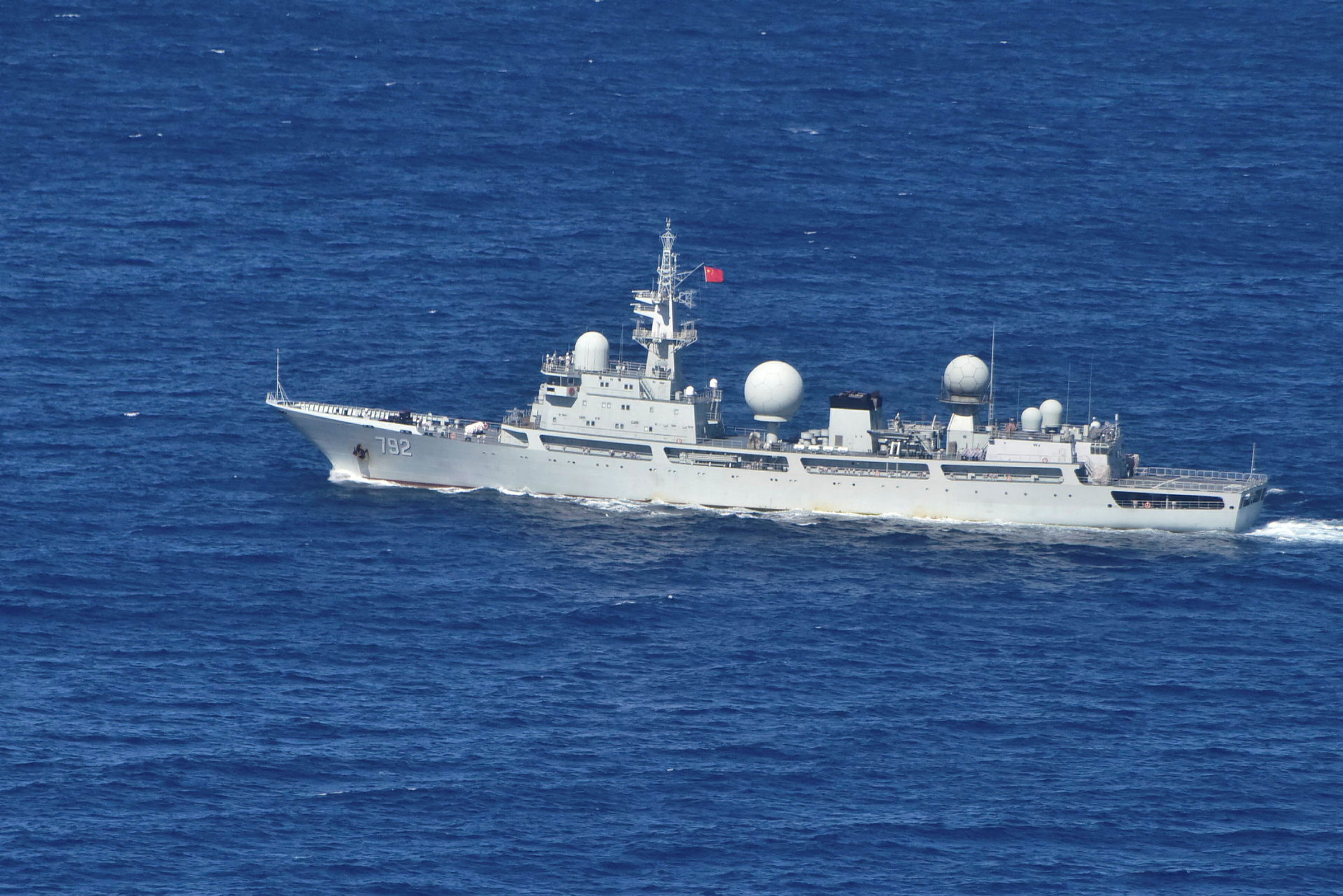Chinese research vessels / Spy Ships

The Peoples Liberation Army-Navychinese spy ship's (PLA-N) Intelligence Collection Vessel Haiwangxing is pictured operating near the coast of Australia in this handout image released May 13, 2022. Australian Department of Defence/Handout via REUTERS
Chinese research ships, often referred to as spy ships, have been a significant point of contention in the Indian Ocean Region (IOR) since 2019. These vessels, while officially designated for oceanographic research, are suspected of conducting surveillance and intelligence-gathering activities that align with China’s strategic military interests. Below is a detailed overview of these developments, including historical context, specific incidents, and implications for regional security.
Historical Context
China’s increased maritime activity in the IOR can be traced back to its broader geopolitical strategy aimed at expanding its influence and securing vital sea lanes. The region is critical for global trade and energy supplies, making it a focal point for both China and India. Since 2019, Chinese vessels have been frequently spotted in the IOR, particularly near key maritime chokepoints and nations like Sri Lanka, Maldives, and Myanmar.
Key Incidents and Developments
Deployment of Spy Ships
- Shi Yan 1 (2019): This vessel was first noted near Thailand’s coast in 2019, marking the beginning of a series of Chinese maritime operations in the region aimed at monitoring Indian assets and conducting seabed mineral research.
- Hai Yang Shi You 760 (2023): This ship was observed in the Bay of Bengal near Myanmar, further emphasizing China’s intent to gather intelligence on Indian naval capabilities.
- Xiang Yang Hong Series:
- Xiang Yang Hong 03: This ship has made several significant port calls in the Maldives amid rising diplomatic tensions between India and the Maldives. It was docked in Male in early 2024 for replenishment purposes but is suspected of conducting hydrographic surveys that could aid future Chinese submarine operations.
- Xiang Yang Hong 01: Concurrently operating off India’s eastern seaboard, this vessel was tracked during periods when India was preparing for missile tests, raising suspicions about its surveillance objectives.
Recent Activities
- In early 2024, the Xiang Yang Hong 03 was reported to have docked at Male amid a shift towards pro-China policies under the new Maldivian government led by President Mohamed Muizzu. This pivot has raised alarms in New Delhi regarding potential Chinese military presence in the region.
- The presence of these vessels has coincided with India’s missile testing schedules. For instance, just before India’s Agni-5 missile test in March 2024, the Xiang Yang Hong 01 was detected near the Bay of Bengal, suggesting that it may have been monitoring the test.
Geopolitical Implications
The activities of Chinese spy ships have heightened regional tensions, particularly between India and China. The Indian Navy has been actively monitoring these vessels using advanced surveillance techniques to track their movements and assess their intentions. The strategic implications are profound:
- Military Surveillance: The dual-use nature of these vessels allows China to gather critical data on Indian naval operations and missile testing capabilities. This includes mapping underwater topography which could facilitate submarine navigation and operations.
- Regional Alliances: The increasing presence of Chinese vessels in countries like Maldives and Sri Lanka can be seen as part of China’s broader strategy to build alliances that counterbalance Indian influence in South Asia. The Maldives’ recent shift towards China under President Muizzu’s administration is particularly concerning for India.
- Response Strategies: In response to these developments, India has enhanced its maritime surveillance capabilities and established protocols to monitor Chinese naval activities closely. This includes deploying P-8I reconnaissance aircraft and maintaining naval readiness to intercept potential threats from Chinese vessels operating near its coastline.
Conclusion
The ongoing activities of Chinese research ships in the Indian Ocean represent a complex interplay of maritime security, geopolitical strategy, and regional diplomacy. As these vessels continue to operate under the guise of scientific research, their true objectives—gathering intelligence and enhancing military capabilities—pose significant challenges for India and its allies in maintaining stability in this strategically vital region. The situation warrants continuous monitoring as both nations navigate their interests amidst rising tensions.




